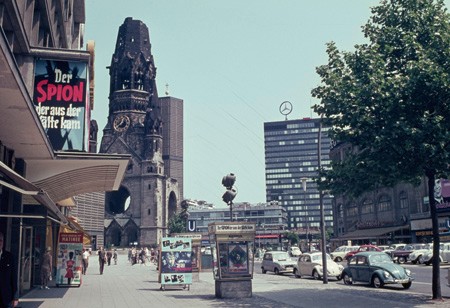My research focuses on the built environment of Berlin in the era of the Wall and considers how architecture and urban planning in the city both reflected and reinforced Cold War political identities. Over the past year, I completed a revision of my book manuscript, “The Berlin Wall and the Construction of East and West Berlin, 1961–1989,” which will be published by the University of Pittsburgh Press. More recently, I wrote an essay that examines representations of the two sides of Berlin in the periods just before and after the construction of the Berlin Wall in 1961. In particular, I analyzed news and documentary and propaganda programming produced by the broadcast networks and government of the U.S., which established a visual narrative of modernist architecture that ultimately linked both this style and West Berlin itself to US Cold War foreign policy.
Members' Research Report Archive
Architecture and Political Identity: Representing Divided Berlin During the Cold War
Emily Pugh, Research Associate, 2011–2012

View from the Kurfürstendamm toward the Kaiser-Wilhelm-Gedächtniskirche and Europa-Center, Berlin, c. 1966. Photograph: bpk, Berlin (Oskar Dahlke) / Art Resource, NY
SoHo, Kreuzberg, Prenzlauer Berg: Art, Activism, and the Urban Built Environment in the Late Cold War
Emily Pugh, Research Associate, 2012–2013
SoHo, Kreuzberg, Prenzlauer Berg: Activism and Urban Renewal in the Late Cold War
Emily Pugh, Research Associate, 2013–2014